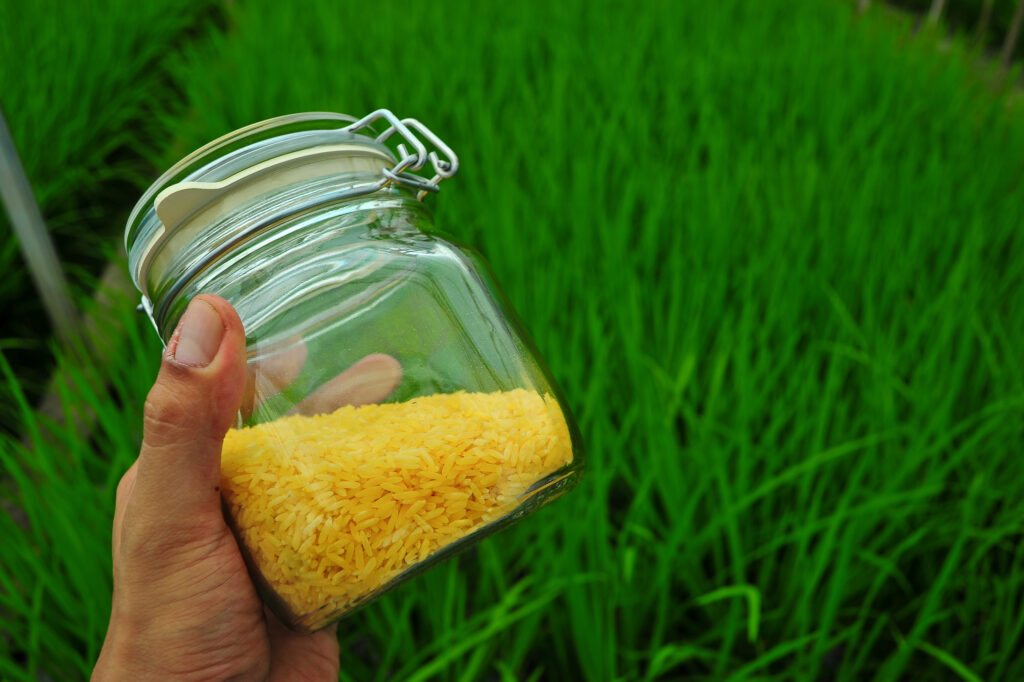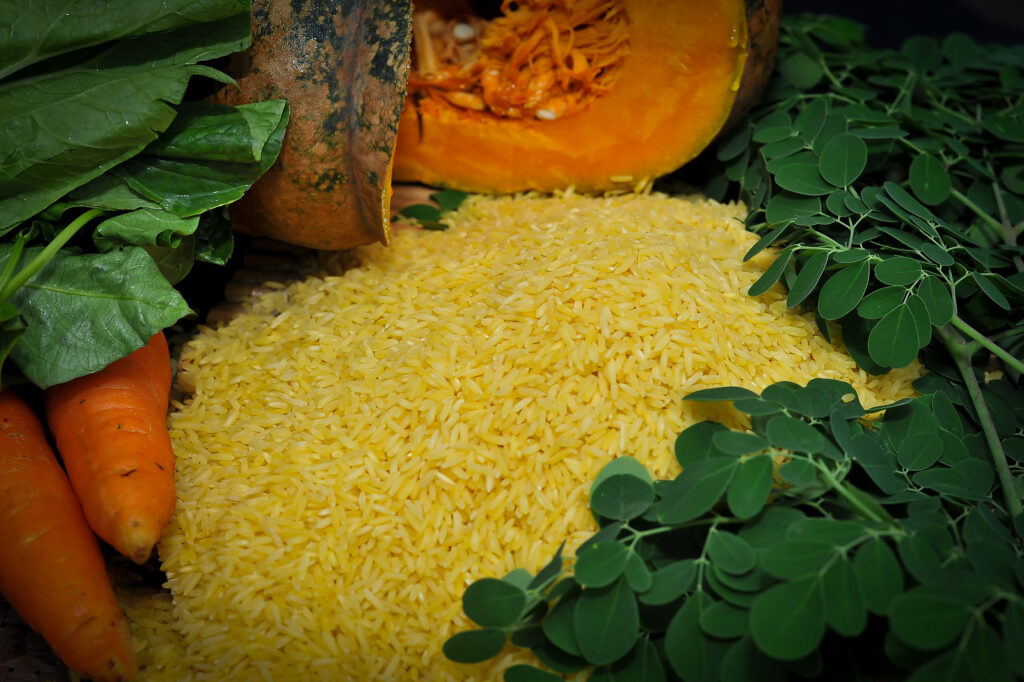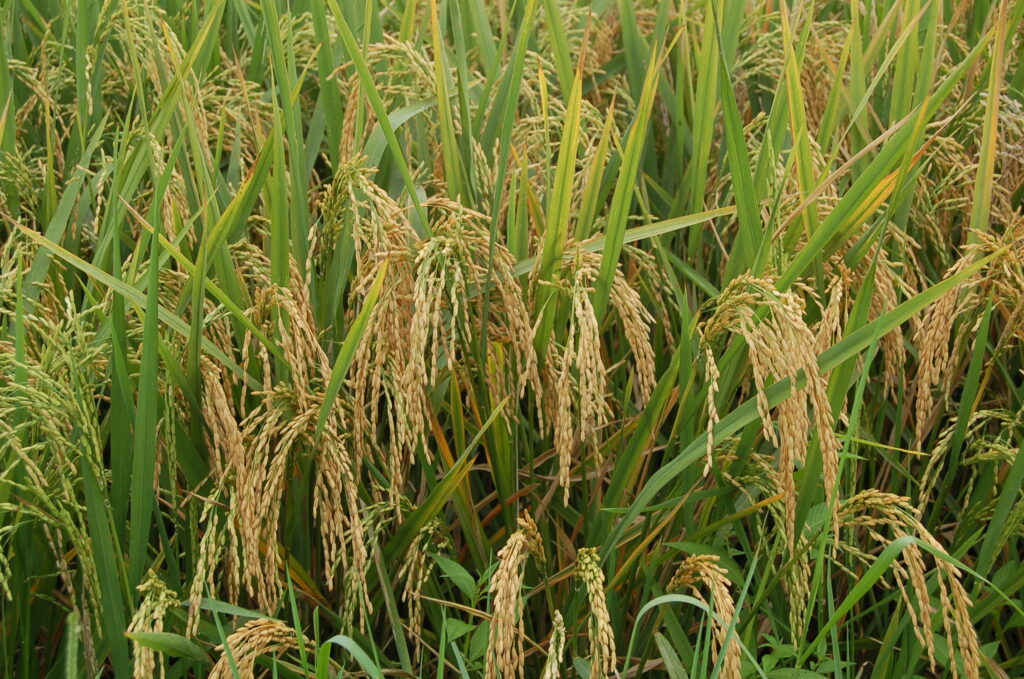Text and Photos by Henrylito D. Tacio
Every night, an average Filipino joins at least 3.7 billion other people who go to sleep hungry. Their hunger, however, is not the growing, aching kind. Rather, it is silent, insidiously stunting their bodies and brains, weakening their immune systems, and sapping their energy — and prospects for living productive lives.
Their hidden hunger is malnutrition, which reportedly contributes to killing an estimated 40,000 people each day. That’s about 133 plane crashes (with about 300 passengers) every day!
“The impact of hidden hunger on people’s health is very real,” the International Rice Research Institute (IRRI) said in a statement. “It can result in more frequent and severe illness and complications during pregnancy, childbirth, infancy, and childhood.”
“We’re losing one generation after another to malnutrition and this just shouldn’t be happening anymore,” deplores Dr. Howart Bouis, a senior research fellow at the Washington, D.C.-based International Food Policy Research Institute.
Most of the victims of hidden hunger are impoverished women and children, who eat mostly rice.
Rice, known in the science world as Oryza sativa, helps feed almost half the people on the planet. And in the Philippines, rice is the leading staple food. In fact, Filipinos spend more on rice than any other food. Rice is the country’s leading staple food. As the late food epicure Doreen Fernandez wrote: “If we did not have rice, our deepest comfort food, we would probably feel less Filipino.”
Although rice is basically a complex carbohydrate, its protein contains all eight of the essential amino acids and complements the amino acids found in other foods. Low in sodium and fat, with no cholesterol or gluten, rice is a boon to weight worriers and those allergic to other grains. Aside from carbohydrates, rice also contains protein, minerals, vitamins, and fiber.
Balancing cereal-based diets with vegetables and animal products is one approach used in some developing countries to address malnutrition problems. But results were frustrating. Vegetables and animal products are expensive, and seasonal, subject to spoilage because of limited storage and transport. Moreover, their availability in some countries is not even one-fourth of what is required to meet the needs of the people.
In the Philippines, fortification and supplementation programs were launched. An attempt was made to enrich rice by fortifying it with the much-needed nutrients. But it didn’t linger on for some economic reasons.
Some scientists thought of packing more nutrients into rice as one of the best methods to attack the malnutrition problem. And this is where golden rice came into the picture. It was in the Philippines where the first generation golden rice was first tested in advanced field trials in IRRI in 2008.
It is called golden rice because it contains beta carotene, which is converted to vitamin A when eaten. “Because rice is so popular in the Philippines,” says IRRI, “providing rice that is more nutritious and that contains beta carotene could help boost people’s vitamin A status. In turn, this could reduce the extent and impact of vitamin A deficiency among Filipinos.”
Consuming adequate amounts of vitamin A reduces overall child mortality by 23-34%. A research published in the American Journal of Clinical Nutrition in 2009 showed that daily consumption of a cup of rice, about 150 grams uncooked weight, could supply half of the Recommended Daily Allowance of Vitamin A for an adult.
Vitamin A is found naturally in many foods, including liver of chicken, beef, pork, and fish. Most of them, however, can be found in root crops (carrot and sweet potato) vegetables (broccoli and tomato), and milk products (cheese and butter), and fruits (papaya, mango, melon).
Most of these sources, however, are beyond the reach of poor people, particularly those living in shanty places, upland areas, and rural communities. So, some scientists came up of an unthinkable idea: that of putting vitamin A in rice, as 89% of Filipinos consume rice on a daily basis.
Normally, rice plants produce beta-carotene in their green parts, but not the grain that people eat. Golden rice is genetically engineered to produce beta-carotene in the edible part of the plant.
Using genetic modification techniques, respected scientists developed golden rice using genes from corn and a common soil microorganism that together produce beta carotene in the rice grain.
According to IRRI, conventional breeding programs could not be used to develop golden rice because rice varieties do not contain significant amounts of beta carotene.
In addition, plant breeders at IRRI are also developing nutrient-rich rice with iron and zinc. Iron improves the cognitive performances of children, increases productivity of adults, and reduces low birth weights and deaths caused by anemia. Zinc, on the other hand, is known for its potency in promoting the growth of children and is associated with decreased diarrhea incidence.
“Even slightly more nutritious rice could mean healthier people,” IRRI said. “If the iron and zinc content could be doubled — or tripled — the health of those at-risk people could be dramatically improved.”
Indeed, the time of producing nutrient-rich rice commercially has come. “Producing enough food energy to maintain the world’s population is not enough,” said IRRI in a statement. “Even if energy requirements are met, billions of malnourished, poor people will continue to live in poor health, with low productivity and an inferior quality of life. Nutritious foods that meet minimum daily nutritional requirements must be produced.” — ###




